Okay, so there’s been a lot of talk about the novelty value of VR. Novelty is good, and VR content creators across the world are continually rolling out ever more ingenious ways of bringing the medium to life for everyone to enjoy in the comfort of their armchair. When it comes to using creating VR content for business, however, while novelty is all well and good, in order to prove itself as a long-term fixture, it needs to go beyond being a show pony and be able to pull a heavy cart or two. We need to see the realities of VR investment and ROI. But making the right VR content play is critical to the equation. Several years ago, the rapid rise of the smartphone led to countless CEOs hastily commissioning ‘killer’ mobile apps. The problem was that the vast majority of the apps had no significant value to customers. They were novel but not useful, clever but not compelling. They didn’t solve real customer problems that weren’t able to be solved in countless other ways. People were relying on the technology to carry weight with customers and not giving enough consideration to the content because they felt behind the curve with the technology itself. Now is the time to embrace creating VR content as a storytelling tool, to generate ROI from the medium. Right now, lots of marketing, development and design teams are being tasked to investigate VR. And they should - the immersion VR allows for is going to be a significant change to the way people perceive services and buy products. But lazy content will lower the bar and create experiences with no value. Taking the time to think through good content that serves a need is absolutely worthwhile. In fact,
- VR content has been shown to deliver 27% higher emotional engagement and 34% longer engagement than 2D content.
- The average response rate with VR experiences is 15% compared to just 1% through direct marketing.
So where are those ideal (ROI) carts for the VR horse? How can VR content impact investment and ROI?
Make it Useful … Again and Again
For anyone looking to boost their return on a creating VR content, it’s important to bear in mind the Return on Investment [ROI] formula: (Return — Investment) / Investment
Based on this, it stands to reason that, as VR can be expensive to create, the more uses VR content can have, the better chance it has of driving positive returns. VR content can give and give and give. Investments can be amortized over multiple uses which might include; demonstrations at events or trade shows, publicity on a company website or social media platforms and arming sales teams with a rich portfolio held in their pocket on a mobile device. Content can be used across numerous consumer-facing touch points and with that, the value it has and returns it can deliver become far more meaningful.
Content is King and Not all Content Should be VR
A slideshow of still images doesn’t make a movie and in our experience, putting a VR label on content not created for the medium or useful within the medium has limited value. Head of Stanford’s VR lab, Jeremy Bailenson put it best when he said: “Most things don’t work in VR. If you show me 20 ideas, I’ll say 19 of them would be better in another medium.” For VR to truly make sense to a business and deliver a return, the content must be considered, ideally be of high quality and be inherently useful. We’ve talked before about VR coming into its own when virtual experiences are able to make real:
Things that are too far away to be experienced first hand
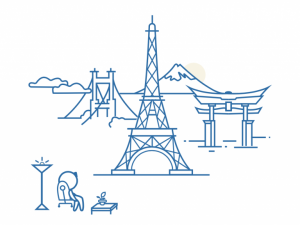
Things that don’t yet exist

Things that are too large, expensive or complex to model

- Yulio clients are creating VR content every day to show a vision of something complex and expensive to model. When environments, new products or new buildings can be created and experienced virtually before a single prototype has been created or brick has been laid, there are opportunities for businesses to generate considerable returns from their investment in the virtual.
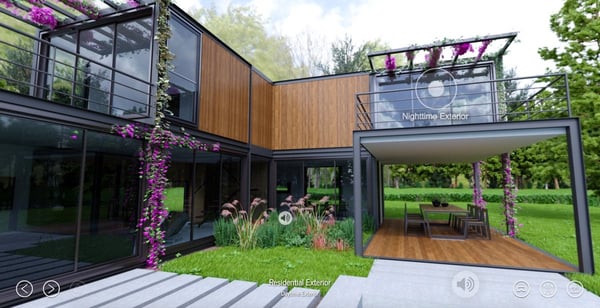
- The automotive industry has put VR through its paces in several excellent ways such as using the technology to take potential customers through impossibly exhilarating experiences in virtual high-performance cars to wet their appetites to buy.
- A recent application developed by Audi is using virtual technology to encourage people to come back to the real showrooms - an activity that has gone out of favor as consumers become more used to researching new vehicles from the comfort of their armchair. With hundreds of millions of possible configurations of models and specifications, VR has enabled Audi sales centers to demonstrate every single one to visiting customers versus only the handful of examples any dealer might have in their showroom.
- Ford designers and engineers have begun using VR to test elements of new cars, estimating a saving of $8 million in one year alone and Volvo is working on virtual test drives of cars that aren’t yet on sale.
- Taking the lead in using VR where the real thing is simply too complex (or unsafe) to model, UCLA surgeons are using VR headsets to test run highly technical and sensitive surgeries before they operate. In doing so they are perfecting techniques and preempting potential issues without any lives being at stake. Few people would argue with the ROI there.
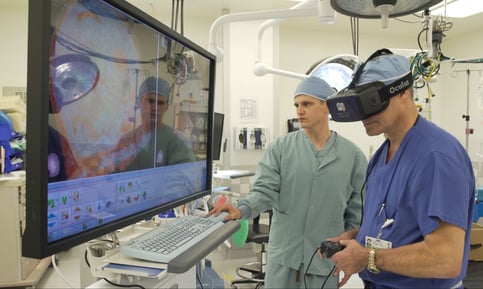
Numerous businesses are now experimenting with the power VR has to bring people and their products together in meaningful ways.
- The North Face stores now use VR to transport their customers to a virtual Yosemite National Park, where they can virtually experience products in some of the most majestic and inspiring environments in the world.
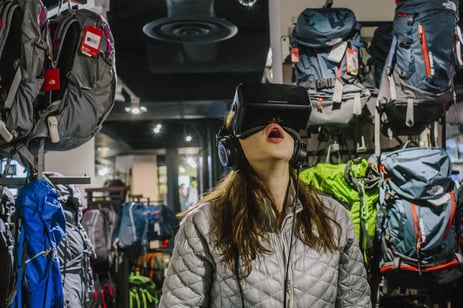
- Carnival Cruises created a VR experience that gave people the chance to virtually explore its cruise ships and vacation destinations.
- Sotheby's International Realty has been enticing potential buyers using VR to host open houses to sell luxury homes across international destinations.
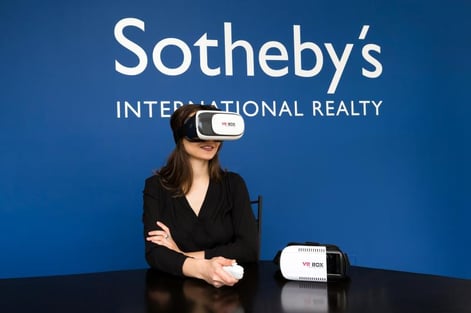
In each of these cases, the immersion being delivered via VR would be impossible using another medium. VR is the difference between seeing and experiencing. These experiences deliver real, tangible value to users in a way that has been proven to make them more responsive, more receptive, more engaged and more loyal. With benefits like that, finding ROI from VR content should be easy. If you use images to tell your business stories today - whether products, services or designs - you can use Yulio to tell them better. Try it for free (no strings, we promise) and see where your VR experiments lead you.







